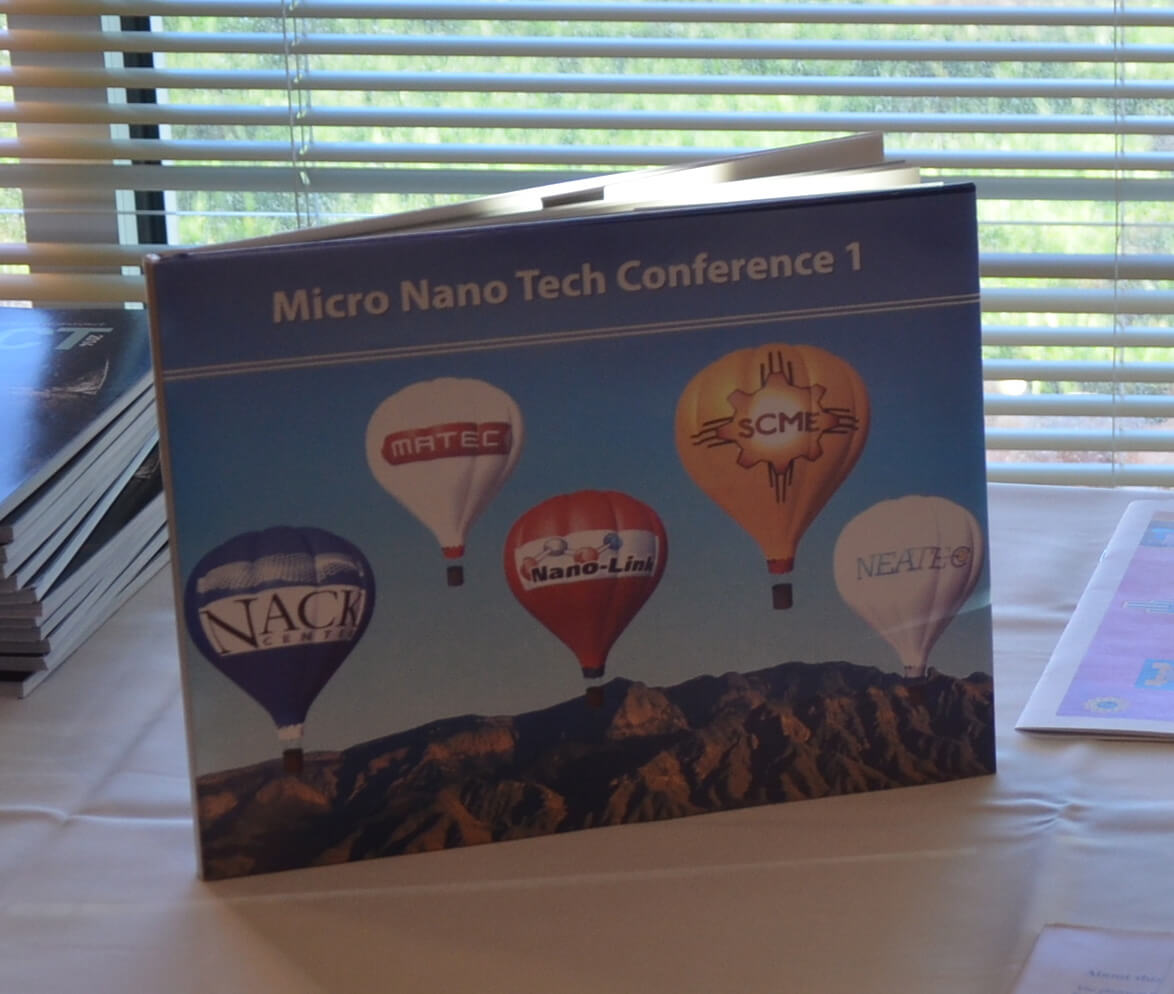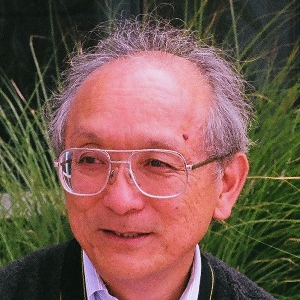I have used my photographic skills in my work as principal investigator for my ATE projects and more recently as external evaluator for other ATE projects and centers. If you have attended the annual ATE PI conference or the HI-TEC conference, you may have seen some of the photo books that I have produced for my clients at their showcase booths.
Photography is an important part of special events, e.g., weddings, birthdays, anniversaries, and the births of new family members. Why is photography so important at these times? Couldn’t we just write a summary of what happened and compile a list of who participated, and in the case of weddings, save a lot of money? Of course not, photographic images are one of the best ways to help you and others remember, relive events, and tell a story. Certainly, your project activities may not rank in importance to these family events, but it is still valuable to make an effort to document these events through still photographs and/or video in order to tell your story.
Story telling in evaluation has been discussed in the literature. An example is Richard Krueger’s contribution, titled “Using Stories in Evaluation” in the Handbook of Practical Program Evaluation (3rd ed.), edited by J. Wholey, K. Hatry, and K. Newcomer. What is missing from the literature is how to use photography to tell stories in evaluation, not just capture images for marketing purposes or to embellish an evaluation report. This is an area where we need to develop uses of photography in evaluation.
Taking photos during the event is the first step. I have found that some pre-event planning helps. Looking over the program or agenda will help you identify where you will want to be at any given time, especially if multiple sessions are happening concurrently. I also look for activities where the participants will be doing something (action shots) rather than just listening to a speaker and viewing PowerPoint slides (passive shots), although a few photos of the latter activity might be useful. Then, I develop a “shoot sheet” or a list of the types of images I want to capture.
Sherry Boyce in an AEA365 blog listed some questions to keep in mind when thinking about the types of photos you will need to tell your evaluation story (http://aea365.org/blog/sherry-boyce-on-using-photos-in-evaluation-reports/):
- How will the photos help answer the evaluation questions for the project?
- How will the photos help tell your evaluation story?
- Will the photos be representative of the experiences of many participants?
- Do the photos illustrate a participant’s engagement?
- Do the photos illustrate “mastery”?
The next step is to arrange the photos to tell your story about the event, whether a conference, workshop, or celebration. Computers enable me to arrange my photos to make a photo book that can be uploaded to one of many sites for printing. Here is a photo book I produced for The Southwest Center for Microsystems Education (SCME) used in a display at a recent Micro Nano Tech Conference.

Photo books I have made for my ATE clients have been used by PIs to promote and advocate for their project or center. People feel comfortable perusing a photo book, and photo books require no equipment for viewing and are easily transported. They can be effective conversation starters.
Editor’s Note: Dave informed us that he works almost exclusively in iPhoto, since he is a MacBook Pro user. He uses Apple’s printing services, which are contracted out. Dave did tell us about some additional photo hosting/photo book software available on the web, although he did not vouch for their quality.

Except where noted, all content on this website is licensed under a Creative Commons Attribution-NonCommercial-ShareAlike 4.0 International License.





 EvaluATE is supported by the National Science Foundation under grant numbers 0802245, 1204683, 1600992, and 1841783. Any opinions, findings, and conclusions or recommendations expressed on this site are those of the authors and do not necessarily reflect the views of the National Science Foundation.
EvaluATE is supported by the National Science Foundation under grant numbers 0802245, 1204683, 1600992, and 1841783. Any opinions, findings, and conclusions or recommendations expressed on this site are those of the authors and do not necessarily reflect the views of the National Science Foundation.